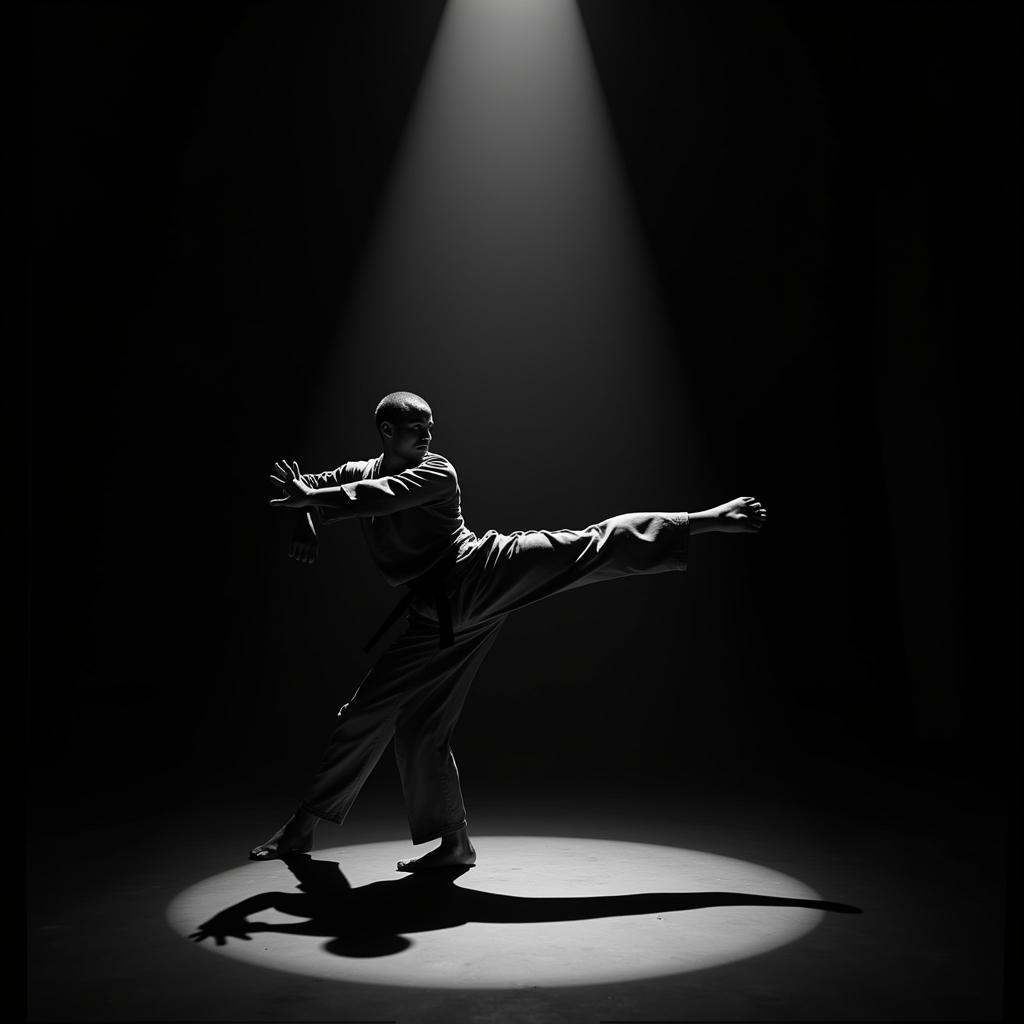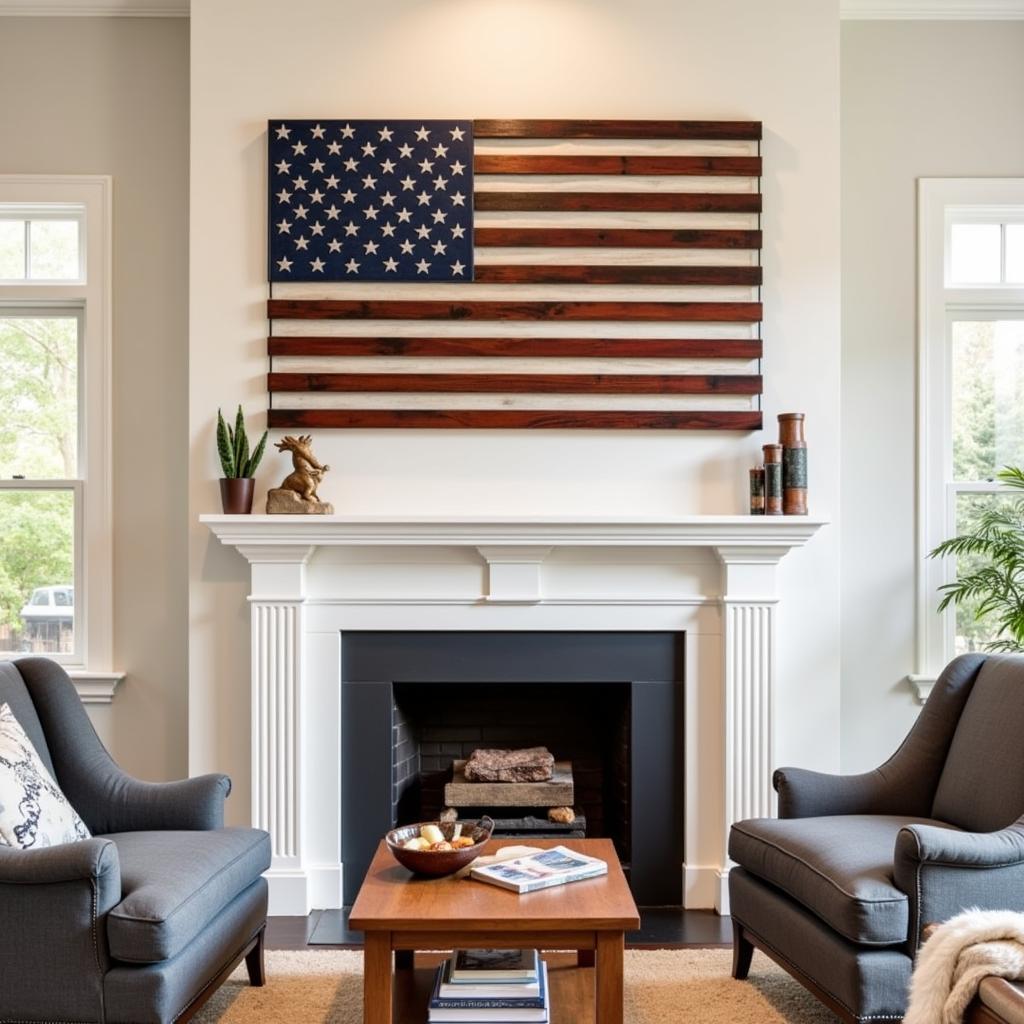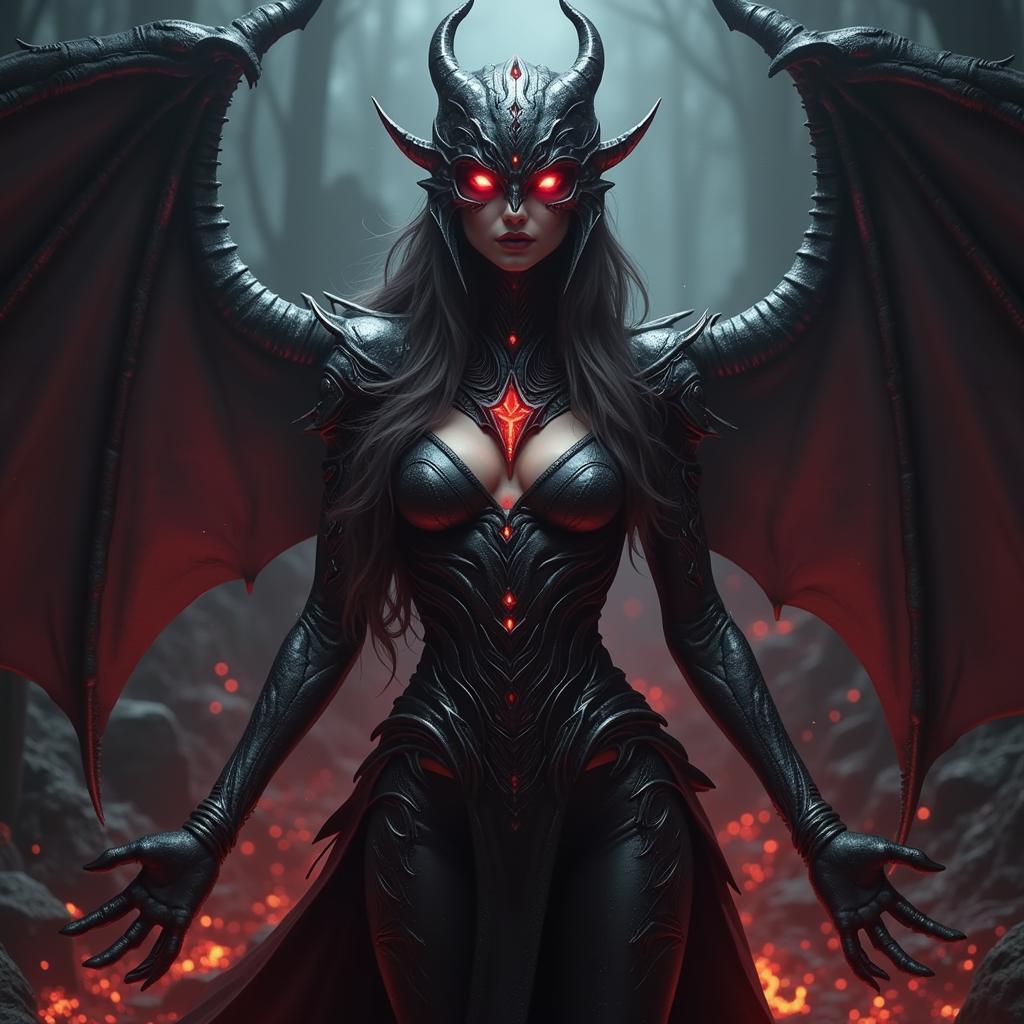F-15 Nose Art: A History of Airborne Creativity
The sleek lines and deadly grace of the F-15 Eagle have graced the skies for decades, its reputation as a peerless air superiority fighter cemented in the annals of military aviation. But beyond its technical prowess, the F-15 has also served as a canvas for a unique and vibrant form of artistic expression: nose art. From fierce predators to patriotic symbols and whimsical characters, the tradition of adorning these warplanes with colorful and often intricate artwork has added a human touch to these machines of war.
Origins of Nose Art: From World War I to the Jet Age
While the F-15 itself emerged in the Cold War era, the tradition of aircraft nose art has its roots in the aerial combat of World War I. Pilots of early fighter planes, seeking to personalize their machines and boost morale, began painting their aircraft with emblems, mascots, and lucky charms. This practice continued through World War II, reaching its zenith with the iconic bomber jackets and pin-up girls adorning American bombers. The jet age brought new challenges, as supersonic speeds and sleek designs limited the space available for elaborate artwork. Yet, the tradition persisted, evolving to fit the aesthetics of modern fighter jets.
F-15 Nose Art: A Modern Take on Tradition
The F-15, with its distinctive twin-engine design and aggressive profile, presented a unique canvas for nose art. While the space available might be smaller compared to its bomber predecessors, the artwork on F-15s often reflects the aircraft’s role as a fast and deadly air superiority fighter. Images of eagles, tigers, sharks, and other apex predators are popular choices, symbolizing the aircraft’s power and lethality. Patriotic motifs, such as the American flag, military insignia, and squadron emblems, also feature prominently, signifying national pride and unit cohesion.
Beyond the Paint: The Stories Behind the Art
Each piece of nose art tells a story, reflecting the personality of the pilot, the history of the squadron, or the camaraderie of the ground crew responsible for its creation. A shark’s mouth painted on the nose might commemorate a particularly daring mission over water, while a cartoon character might represent a pilot’s sense of humor or a lucky charm. Often, the artwork is a collaborative effort, with pilots, ground crew, and even family members contributing ideas and skills to bring the design to life.
Preserving a Legacy: F-15 Nose Art in the Digital Age
While the tradition of hand-painted nose art on operational aircraft has declined in recent years due to logistical and practical considerations, its legacy lives on. Museums and private collectors preserve and display historic aircraft with their original artwork, ensuring that these tangible expressions of military history and artistry are not forgotten. Furthermore, the digital age has brought new avenues for creativity, with digital artists and enthusiasts recreating and reimagining F-15 Nose Art in stunning detail, using computer graphics and digital painting techniques.
Conclusion: More Than Just Decoration
F-15 nose art is more than just decoration; it’s a testament to the human spirit that thrives even in the face of danger and adversity. It’s a reminder that even the most advanced machines of war are ultimately operated by people with their own stories, beliefs, and aspirations. Whether hand-painted on the nose of a fighter jet or recreated digitally for a new generation, F-15 nose art continues to captivate and inspire, reminding us of the enduring power of art to humanize technology and connect us to the past.




